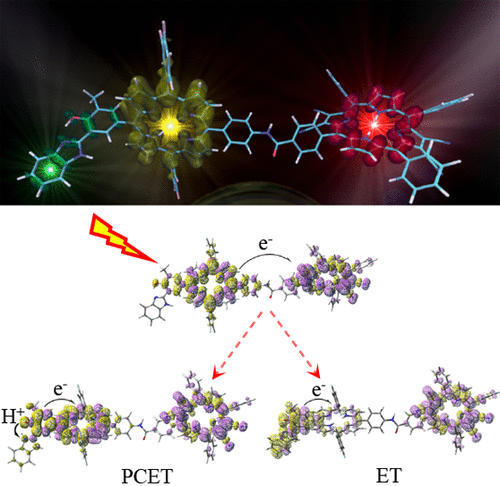Photophysical Properties of Fluorescent Imaging Biological Probes of Nucleic Acids: SAC-CI and TD-DF
Journal of Computational Chemistry 2018
DOI:10.1002/jcc.25553
Recently, exciton‐controlled hybridization‐sensitive fluorescent oligonucleotide (ECHO) probe, which shows strong emission in the near‐infrared region via hybridization to the target DNA and/or RNA strand, has been developed. In this work, photophysical properties of the chromophores of these probes and the fluorescent mechanism have been investigated by the SAC‐CI and TD‐DFT calculations. Three fluorescent cyanine chromophores whose excitation is challenging for TD‐DFT methods, have been examined regarding the photo‐absorption and emission spectra. The SAC‐CI method well reproduces the experimental values with respect to transition energies, while the quantitative prediction by TD‐DFT calculations is difficult for these chromophores. Some stable structures of H‐aggregate system were computationally located and two of the configurations were examined for the photo‐absorption. The present results support for the assumption based on experimental measurement in which strong fluorescence is due to the monomer unit in nearly planar structure and its suppression of probes is to the H‐aggregates of two exciton units. Stokes shifts of these three chromophores were qualitativ

ely reproduced by the theoretical calculations, while the energy splitting due to H‐aggregate in the hybridized probe was slightly overestimated.




